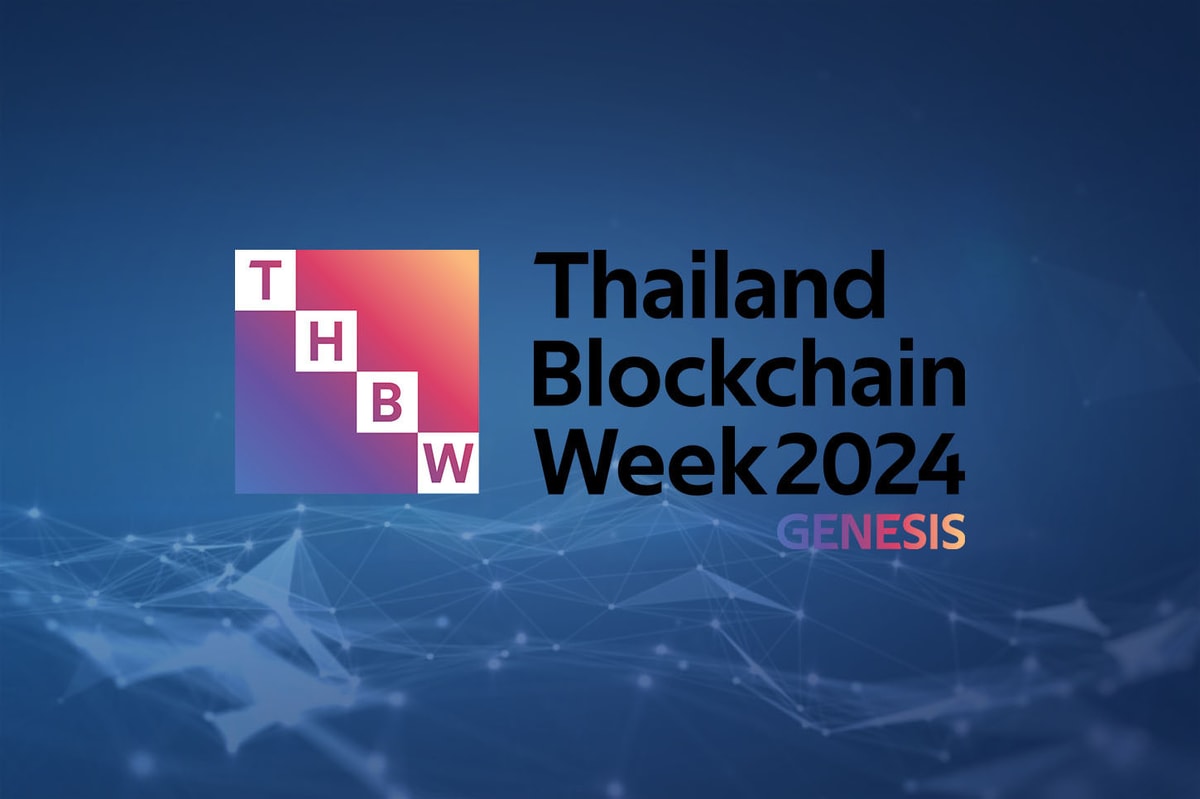Mar. 1, 2023 – At ETHDenver, a giant bubble ball labeled “Save Your Margin” drew a lot of attention. With a lot of symbolic graffiti, a large amount of money encased in the bubble ball made a profound visual impact on the developers present. Upon closer inspection, this unique installation art was revealed to be the creation of Mirror World, an all-in-one development platform. Adorned with intricate details and a stunning design, the artwork was proudly displayed at the Web3 Social House event, held in partnership with Mask Network, Mirror World, Chainbase, Collab.Land and a myriad of other exciting projects. The event was a celebration for Web3 developers worldwide, supported by developer communities such as Gitcoin, Lens Protocol, RSS3 and others. With a passion for reclaiming profits that are rightfully theirs, the event showcased developers’ tireless efforts and boundless creativity in their quest for more rights.

In fact, with respect to disappearing revenue, this is what major platforms are taking from many developers within their apps. The revenue distribution model in walled gardens has been in place for over a decade. While platforms like Apple’s app store have made some adjustments to that ratio, is it still appropriate in an ecosystem where third-party developers are the primary creators of app content? At the same time, can the current platform accept these innovations and changes in the face of the impact of new blockchain technology, the strengthening of users’ awareness of asset ownership, and the transformation of asset purchase methods? All these questions should be re-examined.
Blockchain mass adoption is becoming more and more possible as blockchain technology matures. More platforms emerge to help developers lower the entry barrier to Web3 development and increase user switching, such as Smart Platform by Mirror World. However, the combination of both blockchain technology and mobile applications can take this vision even further. This is because the global penetration of mobile devices, the commercialization of mobile applications, and the maturity of product content distribution have unparalleled advantages over other application terminals. Users can download and experience a mobile application very easily and directly. But even so, it must be admitted that the interoperability of blockchain technology and mobile apps still faces challenges. The main resistance is from the distribution of applications, the rules of distribution, and the extraction of developers’ in-app revenue mobile distribution from platforms such as Apple’s app store and Google Play.
Apple, for example, charges a 30% fee for any digital product or service sold on its app store and mandates that all apps sold through the app store use its internal payment system, forcing the hand of developers.
When the Apple store was launched in 2008, it offered about 500 different apps for the iPhone and iPod Touch. By 2021, the app store had grown to nearly 2 million apps, with nearly 99.99% coming from third-party developers. This shows that as the Apple Store ecosystem grows, Apple is no longer the primary provider of app content. More apps are built by third-party developers, contributing more and more to its revenue.
Chris Zhu
NewYork, USA

Worldwide gross app revenue of the Apple App Store from 2017 to 2021, Source: Statista
At the same time, a significant percentage of the revenue developers actually receive is spent on advertising and marketing to gain more users and conversions, but this revenue is then invested in Apple’s ecosystem. For developers, they contribute the core content of the entire ecosystem, allowing countless users to experience gaming, social media, music and other premium content, with the majority of profits taken by the ecosystem.
The Washington Post reported that Epic Games Fortnite paid Apple $237 million in commissions from January 2017 to October 2020. Big players like Epic Games can appeal Apple’s unfair rules by taking a series of legal actions, but most small studios have no choice but to comply with Apple’s policies, even if they are unhappy with them.
The emergence of cryptocurrencies has directly led to the loosening of the bricks of this walled garden. Globally, the majority of cryptocurrency users can easily purchase digital assets across borders at a consensus monetary value without going through any intermediaries and, in a sense, actually own the assets. Because of the natural anti-censorship nature of blockchain technology, it has the property of transaction at the protocol level to directly bypass Apple’s rules. But Apple, seeing all of this, sensed the crisis of being subverted, and introduced policies related to the purchase and sale of nonfungible tokens (NFTs), prohibiting third-party payment tools in transactions related to NFTs and still only allowing users to use its in-app purchase method. Otherwise, the app is punished, taken down or banned from the account.
With this series of practices, Apple seems to always claim that it is the real master of this internet era because it grasps the entrance of application distribution and can decide the development direction of application innovation. Acting in such a way to protect their own interests is to kill real innovation.
The smart platform offered by Mirror World seeks to help all developers to defend against policies such as Apple’s by helping developers to further accelerate their ability to innovate applications through better use and the further integration of applications and blockchain technology. Using Mirror World’s Smart Platform, developers can quickly develop a multisite blockchain application. By giving value to their assets, combined with the interoperability and liquidity provided by the blockchain, developers will get their revenue back and be able to feed their core community and ecosystem to continue on this long road to fight against Big Tech.
Surrounding the bubble ball are idealistic developers and warriors who want to break through the walls as true disruptors. Looking up at the bubble ball, it is not as solid as it seems. All attempts to stifle innovation will eventually become an apparition, dissipating into the dust heaps of history. The rest is just waiting for the disruptors to strike.











